Industry News
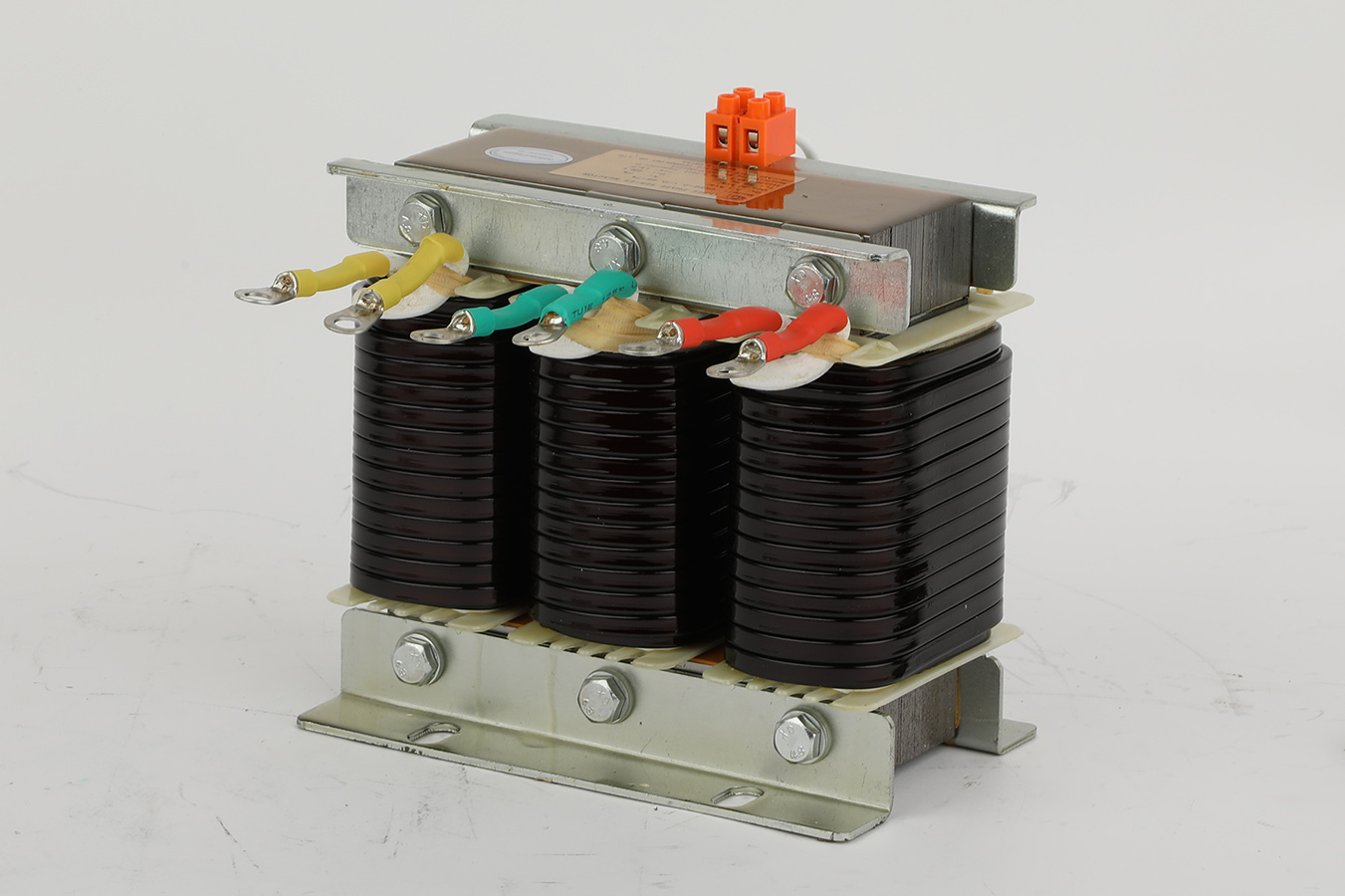 10 2025-11
10 2025-11 How Do We Properly Size a Detuning Reactor to Ensure Capacitor Protection without Compromising Compensation Capacity?
In modern power systems, harmonic pollution has become a hidden threat to the safe operation of low-voltage reactive power compensation devices. As a professional manufacturer of low-voltage reactive power compensation equipment in China, Geyue Electric has truly realized that many customers face a dilemma when applying self-healing shunt capacitors: they need to effectively suppress the amplification of harmonics to protect the capacitors, while also ensuring that the fundamental power compensation capacity is not lost. Regarding how to maintain the balance between these two aspects, properly sizing a detuning reactor plays a crucial role. In the following text, our company's chief engineer will provide you with a detailed discussion on how to scientifically determine the parameters of the reactor in order to achieve reliable protection for the capacitor and ensure that the compensation capacity remains constant.
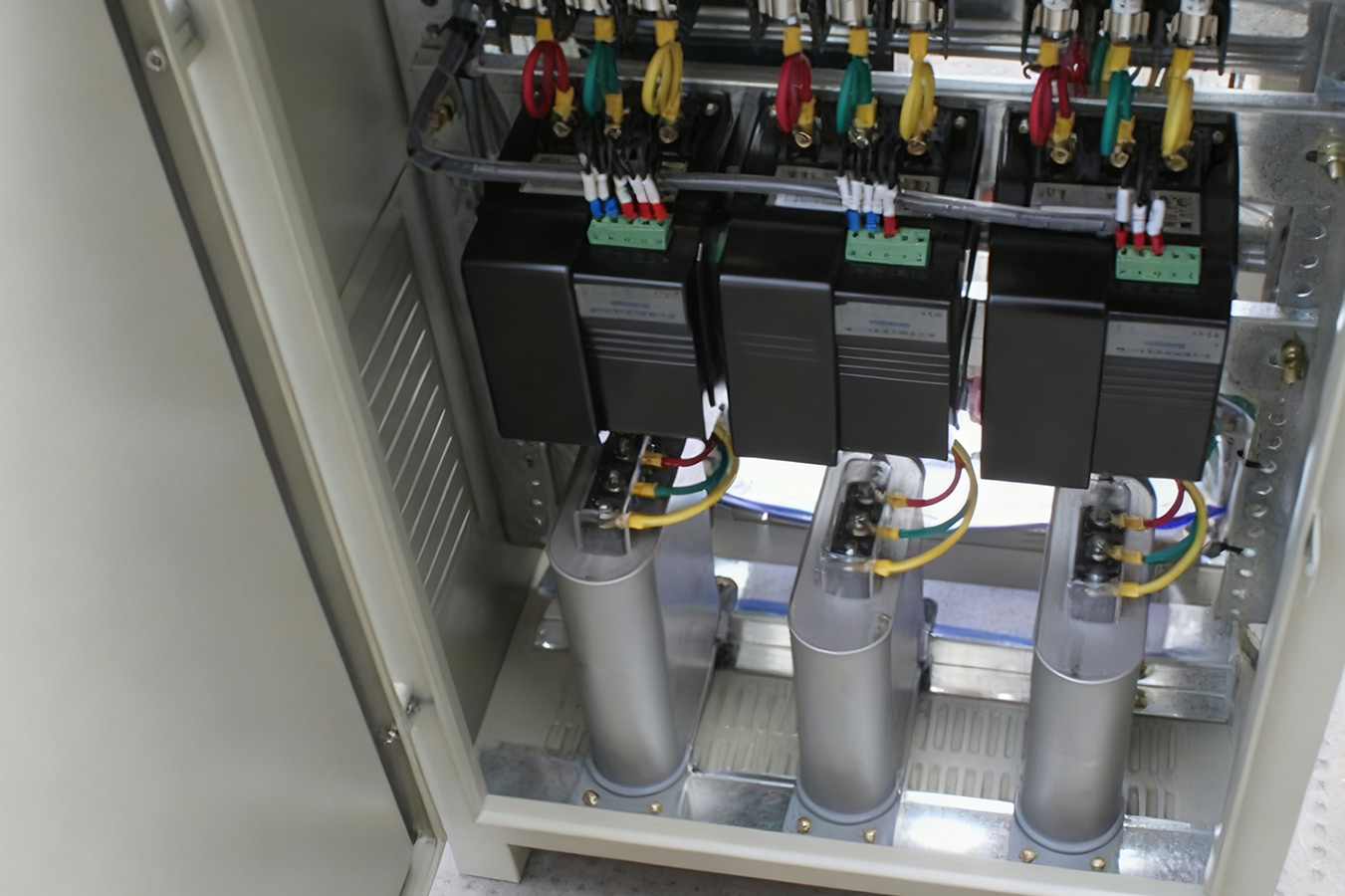 08 2025-11
08 2025-11 How do We Determine the Optimal Location for Self-Healing Shunt Capacitors within a Complex Electrical Distribution Network?
In this article, the chief technical engineer of Geyue Electric will, from the perspective of practical application, explain how power system managers can scientifically determine the optimal installation location of self-healing shunt capacitors in complex power distribution networks.
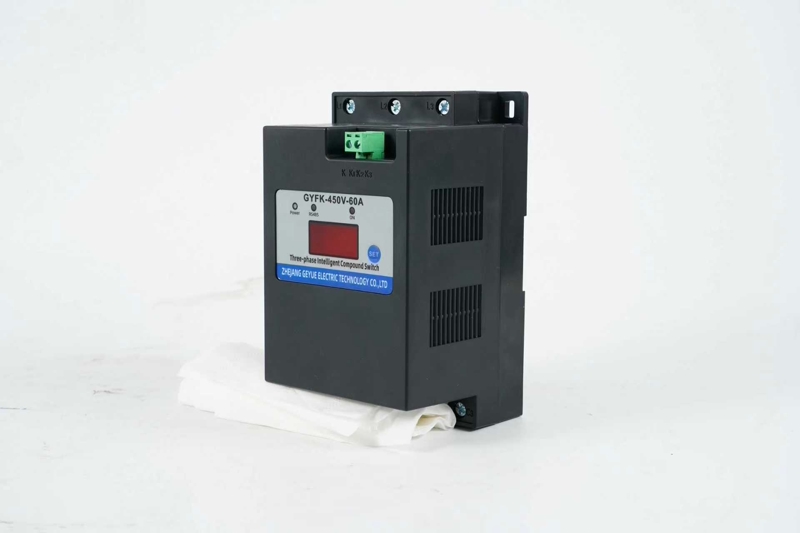 07 2025-11
07 2025-11 How to Use Compound Switches with Capacitors for Switching
This article details how composite switches solve the problems of surge current and sparking during capacitor switching, and introduces correct operation, design advantages, user experience and maintenance, resulting in energy savings and extended equipment life.
 06 2025-11
06 2025-11 How Can the Data from Smart Capacitors Be Used for Broader Energy Analytics and Carbon Footprint Reporting?
In the modern industrial energy management field, intelligent capacitors are no longer merely the implementers of reactive power compensation. They are quietly evolving into the data nerve endings of enterprises' energy systems. These seemingly ordinary reactive power compensation devices, by continuously recording their operating status, have opened a door to deep energy cognition and precise carbon footprint management for us. Geyue Electric has deeply understood that leveraging the data from intelligent capacitors will help enterprises gain an advantage in energy conservation and emission reduction as well as sustainable development.
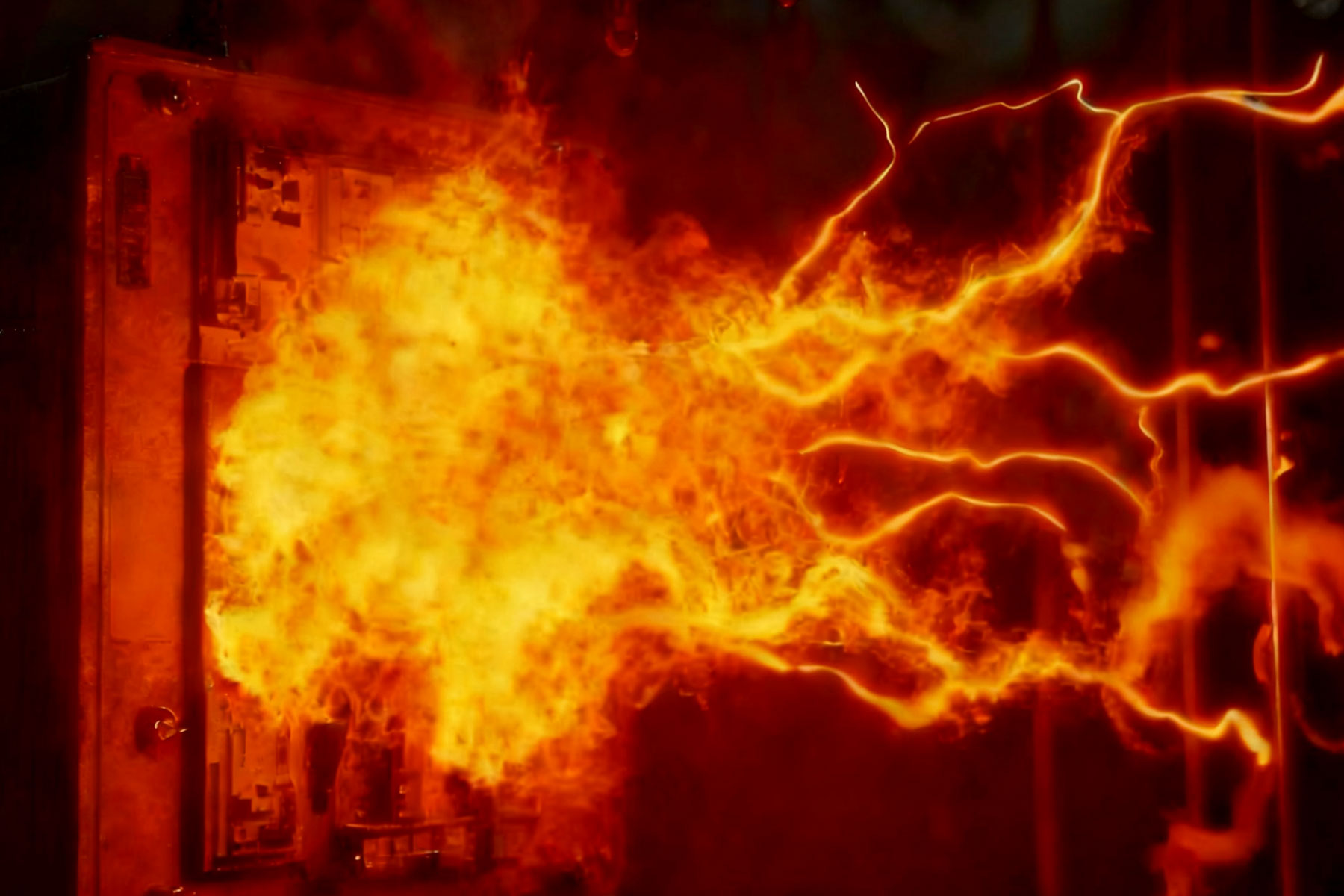 05 2025-11
05 2025-11 What Are the Arc Flash Risks Associated with Capacitor Bank Switching and How Can They Be Mitigated?
Geyue Electric, as a seasoned expert in low-voltage reactive power compensation field, believes that a thorough understanding of the causes of arc flash risks and the establishment of an effective protection system are topics that every power system manager must pay attention to.
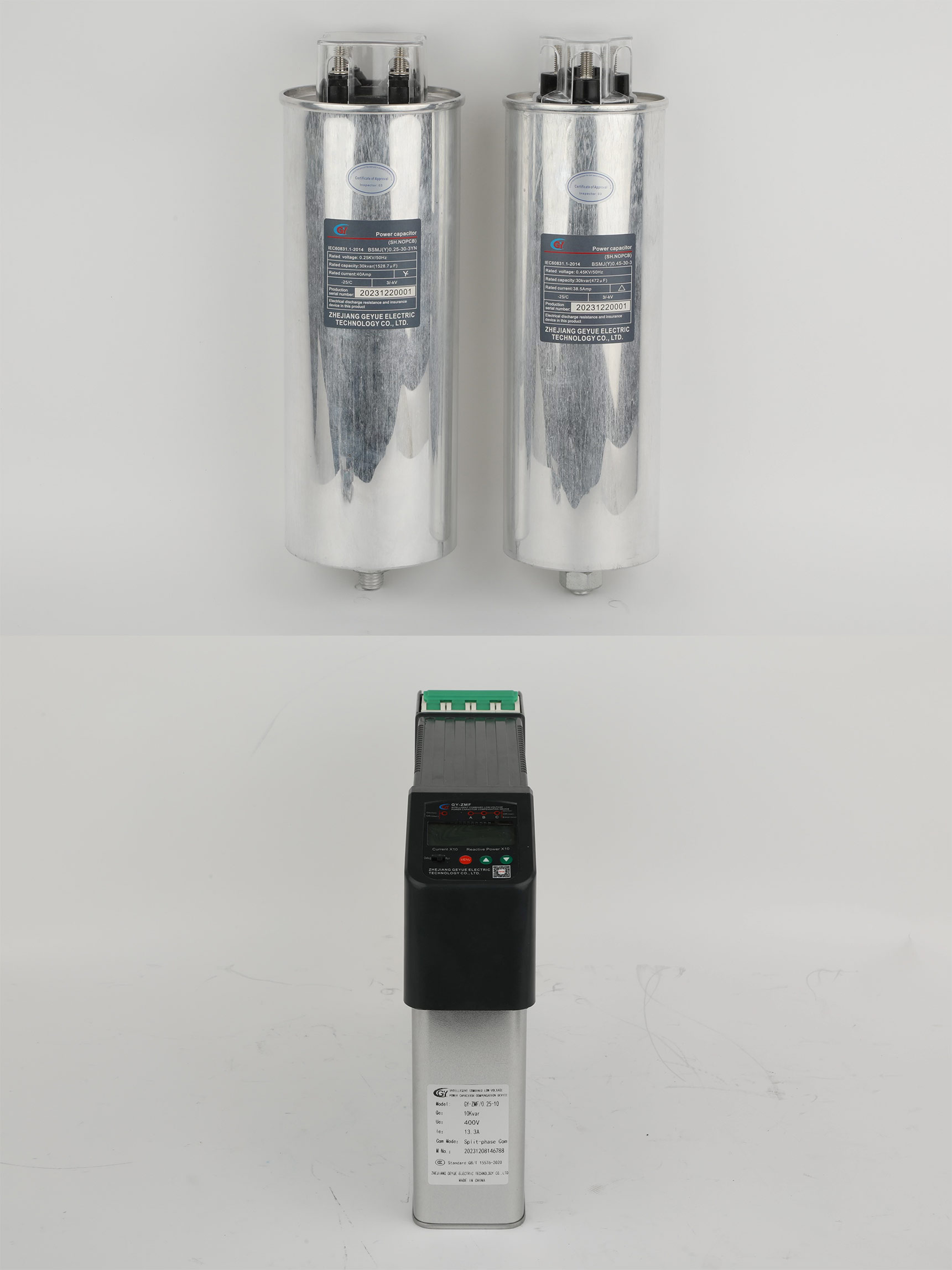 04 2025-11
04 2025-11 How do "Smart" Capacitors with Built-in Controllers and Communication Capabilities Differ from Traditional Capacitor modules in a system?
The traditional capacitor modules, with their reliable performance and excellent self-healing characteristics, have long been regarded as the standard components of the reactive power compensation system. However, with the advancement of the industrial Internet of Things and the intelligent trend, an intelligent capacitor that integrates control, protection and communication functions is bringing revolutionary changes to the compensation solution with its unique advantages.
